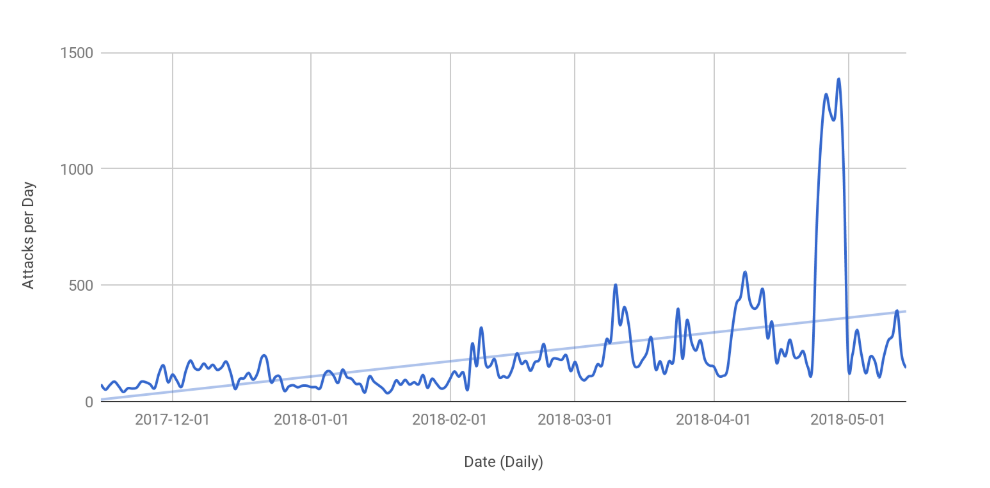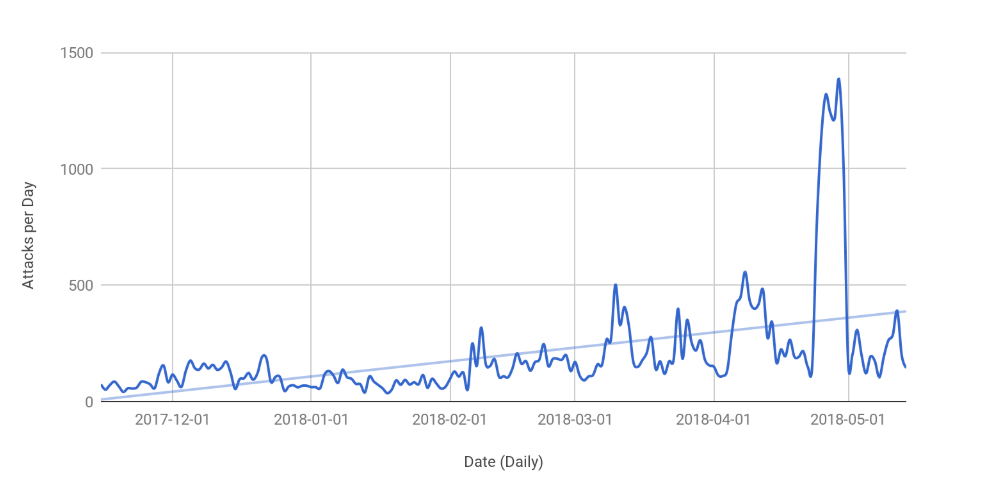SafeKeeper: protecting web passwords using trusted execution environments
SafeKeeper: protecting web passwords using trusted execution environments Krawiecka et al., WWW’18
(If you don’t have ACM Digital Library access, the paper can be accessed either by following the link above directly from The Morning Paper blog site, or from the WWW 2018 proceedings page).
Today’s paper is all about password management for password protected web sites / applications. Even if we assume that passwords are salted and hashed in accordance with best practice (NIST’s June 2017 digital identity guidelines now mandate the use of keyed one-way functions such as CMAC), an adversary that can obtain a copy of the back-end database containing the per-user salts and the hash values can still mount brute force guessing attacks against individual passwords.

SafeKeeper goes a lot further in its protection of passwords. What really stands out is the threat model. SafeKeeper keeps end user passwords safe even when we assume that an adversary has unrestricted access to the password database. Not only that, the adversary is able to modify the content sent to the user from the web site (including active content such as client-side scripts). And not only that! The adversary is also able to read all Continue reading
 Many of the groups working on edge computing are associated with telco networking. But edge computing is definitely not limited to telco networks.
Many of the groups working on edge computing are associated with telco networking. But edge computing is definitely not limited to telco networks.

 Operators are moving aggressively to tighten their use of OpenStack and Kubernetes to bolster cloud deployments.
Operators are moving aggressively to tighten their use of OpenStack and Kubernetes to bolster cloud deployments. The small cell platform supports interface splits between the central unit and the remote radio head, which means operators can use it for fronthaul.
The small cell platform supports interface splits between the central unit and the remote radio head, which means operators can use it for fronthaul.  The startup’s technology aims to make digital assistants and bots sound more human.
The startup’s technology aims to make digital assistants and bots sound more human. Microsoft earlier this month said it has seen a 10x increase in Kubernetes usage on Azure.
Microsoft earlier this month said it has seen a 10x increase in Kubernetes usage on Azure. In this eBrief from SDxCentral, we compare the pros and cons of using a managed SD-WAN service vs. the DIY model. In addition, we talk to one enterprise about its SD-WAN experience.
In this eBrief from SDxCentral, we compare the pros and cons of using a managed SD-WAN service vs. the DIY model. In addition, we talk to one enterprise about its SD-WAN experience.